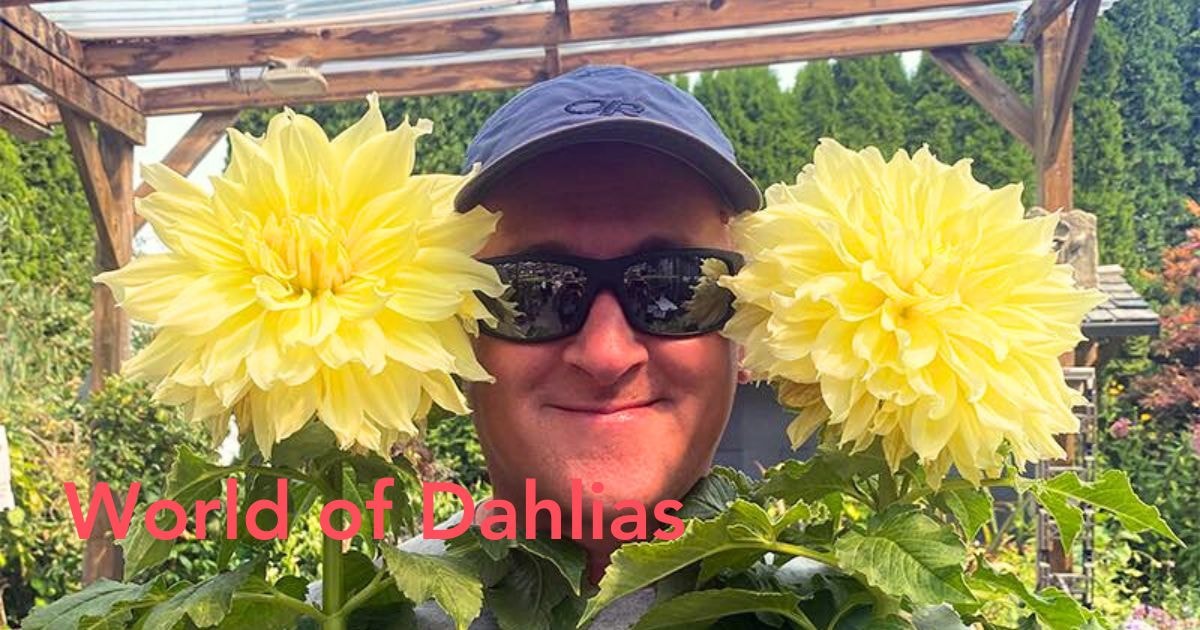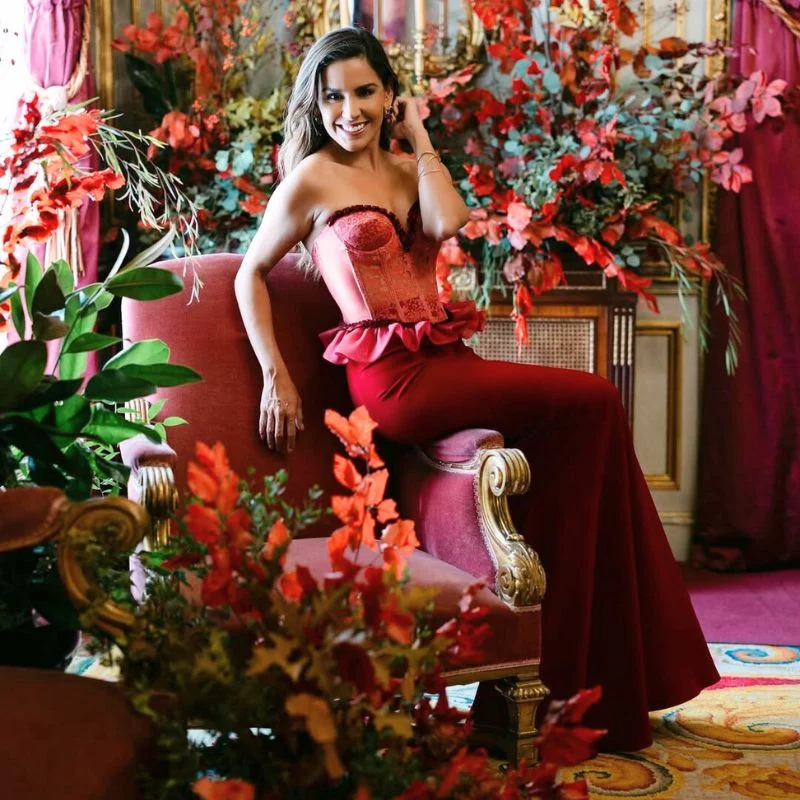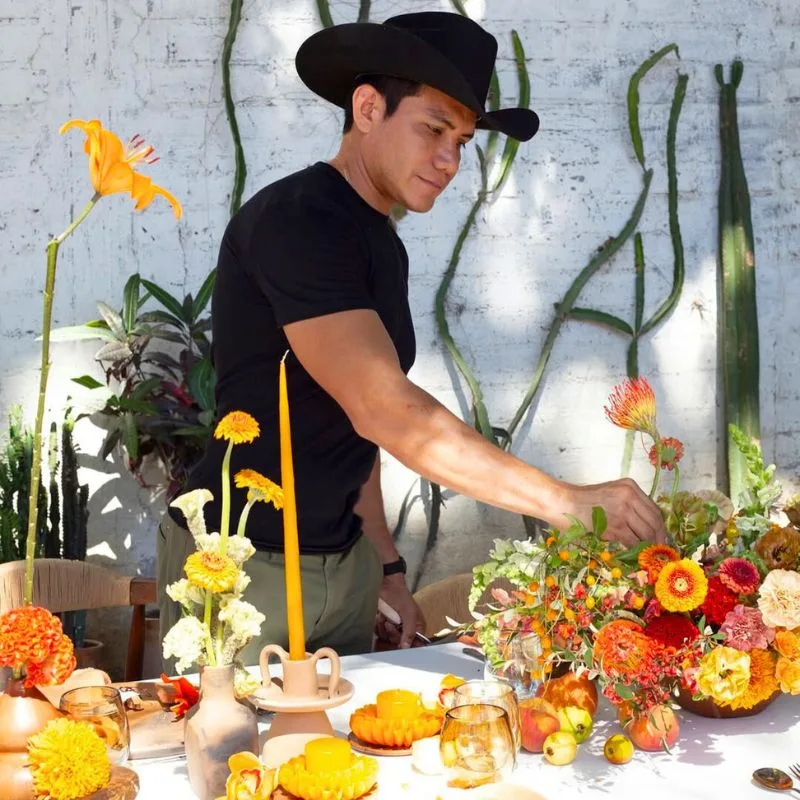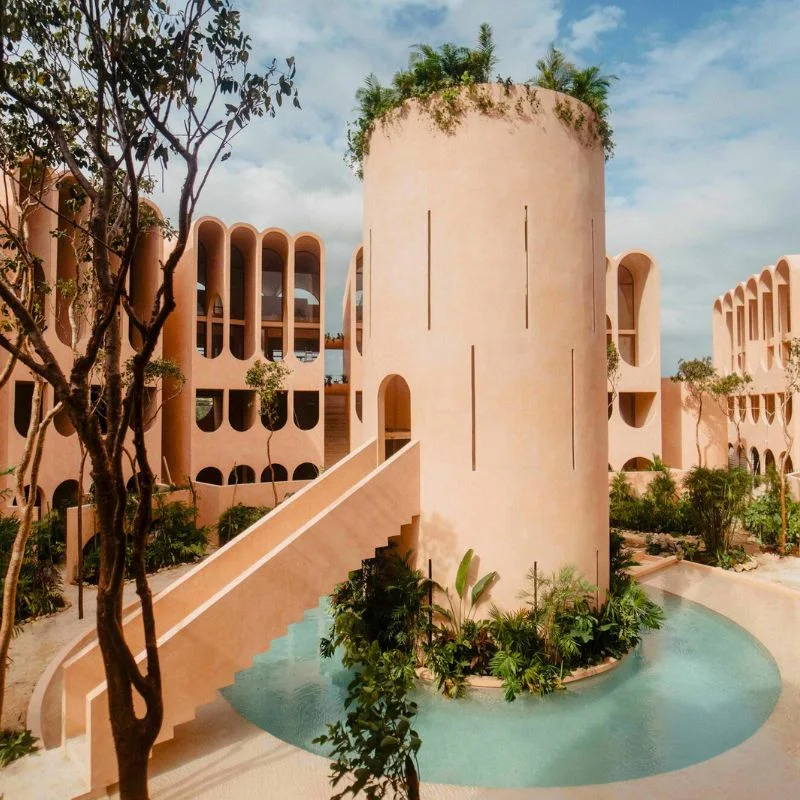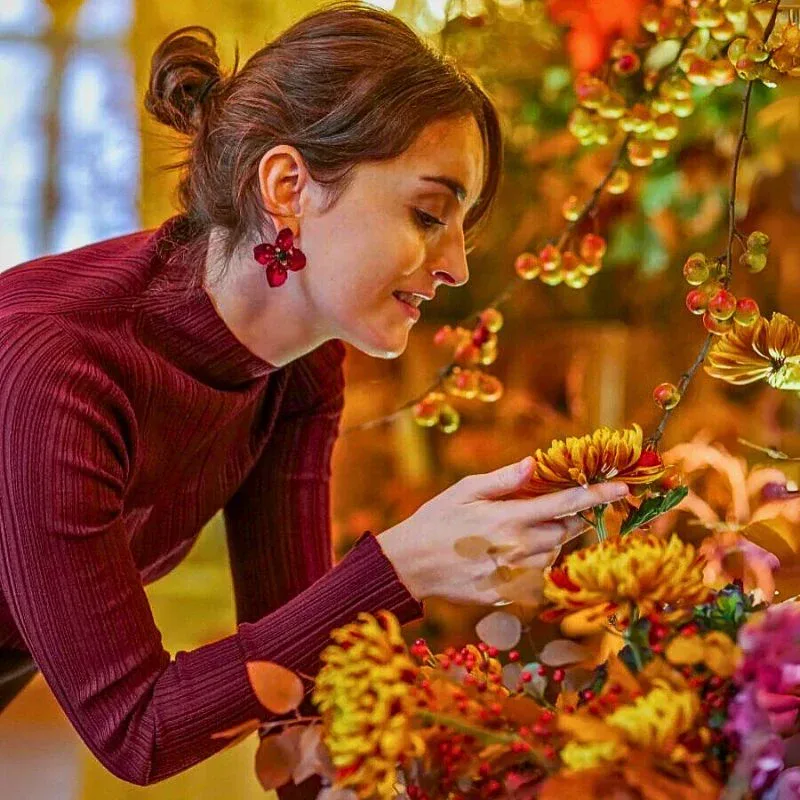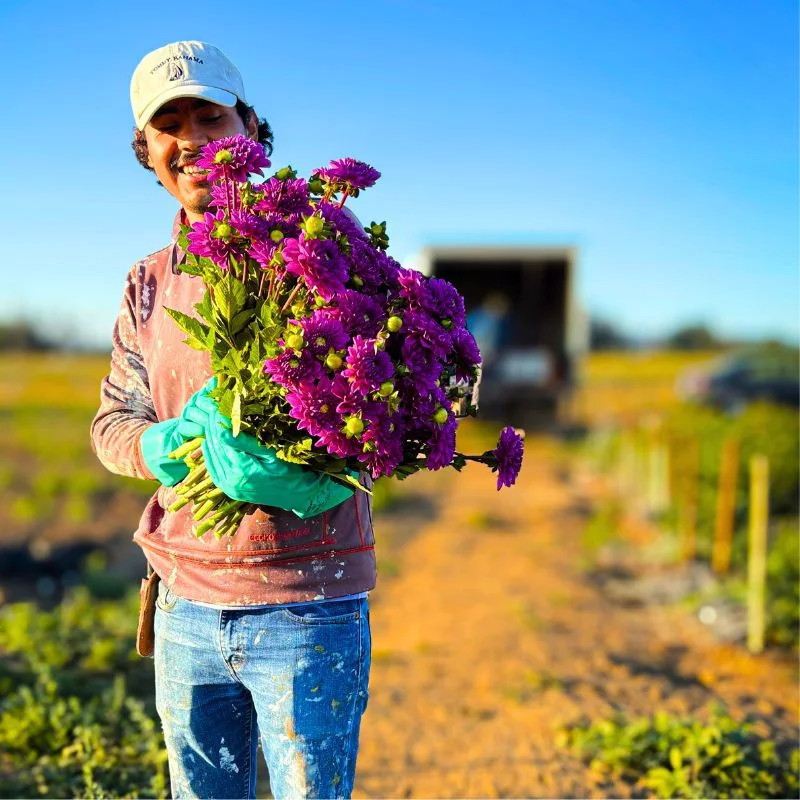The Dahlia is an extraordinary plant known for its lavish petals, vivid hues, and longstanding cultural resonance. Officially declared the national flower of Mexico in 1963, the Dahlia is steeped in stories of indigenous heritage, European intrigue, and global admiration.
Let's dive into the remarkable world of Dahlias—shedding light on their vibrant history, rich symbolism, and practical uses. We'll explore the best ways to grow and care for these flowers, as well as how their many varieties and colors captivate enthusiasts worldwide.
Dahlia: A Bloom That Defines a Nation
For centuries, the Dahlia has garnered accolades for its natural allure and intricate petal structure. Native to Mexico and Central America, this floral beauty claims cultural significance that goes far beyond its aesthetic charm. Historically revered by the Aztecs and later embraced by Spanish explorers, the Dahlia wove its way into Mexican identity—eventually becoming the country’s emblematic bloom.

Yet its importance is not confined to Mexico alone. From English manor gardens in the Victorian era to modern-day festivals in Japan, the Dahlia’s global reputation for elegance, versatility, and symbolism has grown immensely. Whether appreciated for its layered petals, used medicinally, or prized for its robust tubers, the Dahlia symbolizes resilience, creativity, and abiding strength.
Historical Overview: From Aztec Gardens to European Courts
Long before the Dahlia became an international phenomenon, it played an integral role in Aztec culture. Cultivated in the high-altitude regions of central Mexico, these flowers were valued not only for their ornamental appeal but also for practical uses in Aztec daily life. Ancient communities explored potential therapeutic applications, sometimes extracting components of the flower to address common ailments. They also recognized the Dahlia’s nutritional value; its tubers could be consumed similarly to root vegetables like potatoes. The Aztecs regarded the Dahlia as a symbol of power, strength, and valor, impressed by the plant’s ability to flourish in rugged terrains.
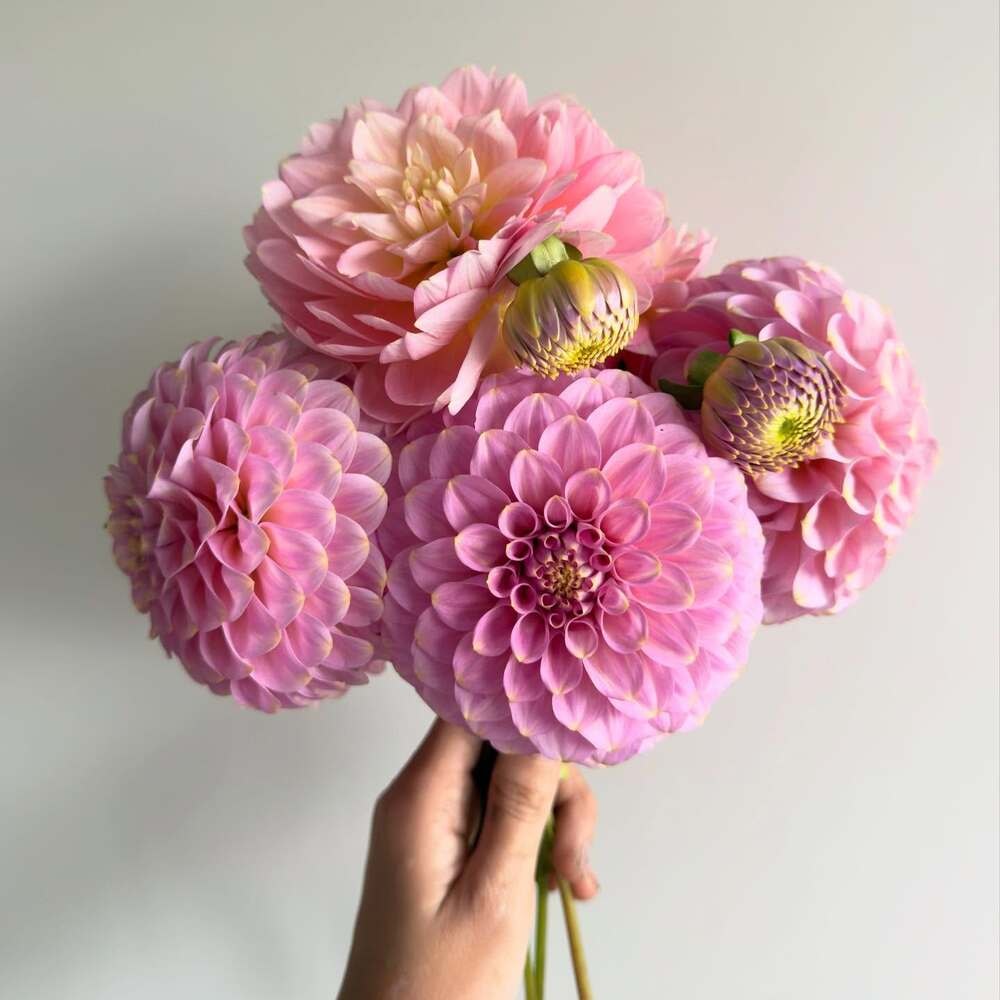
When Spanish explorers arrived in Mexico in the 16th century, they were captivated by its exotic flora, including the radiant Dahlia. Initially, Europeans focused on the Dahlia’s tubers for potential dietary use. Over time, however, its ornamental potential took precedence. By the 19th century, horticulturists in Europe were developing numerous hybrids and cultivars, experimenting with colors, sizes, and petal structures. During the Victorian era, Dahlias became indispensable in floral arrangements, symbolizing commitment and devotion. This shift from a practical food source to a decorative showpiece highlights how quickly Europeans recognized and embraced the Dahlia’s dazzling beauty.
Officially Becoming the National Flower of Mexico
In 1963, the Mexican government formally declared the Dahlia to be Mexico’s national flower. This recognition celebrated the flower’s indigenous legacy, scientific relevance, and representation of the country’s deep cultural heritage. As an emblem of national pride, the Dahlia continues to be showcased in festivals and events across Mexico, reminding citizens and visitors alike of the plant’s timeless appeal and adaptability.
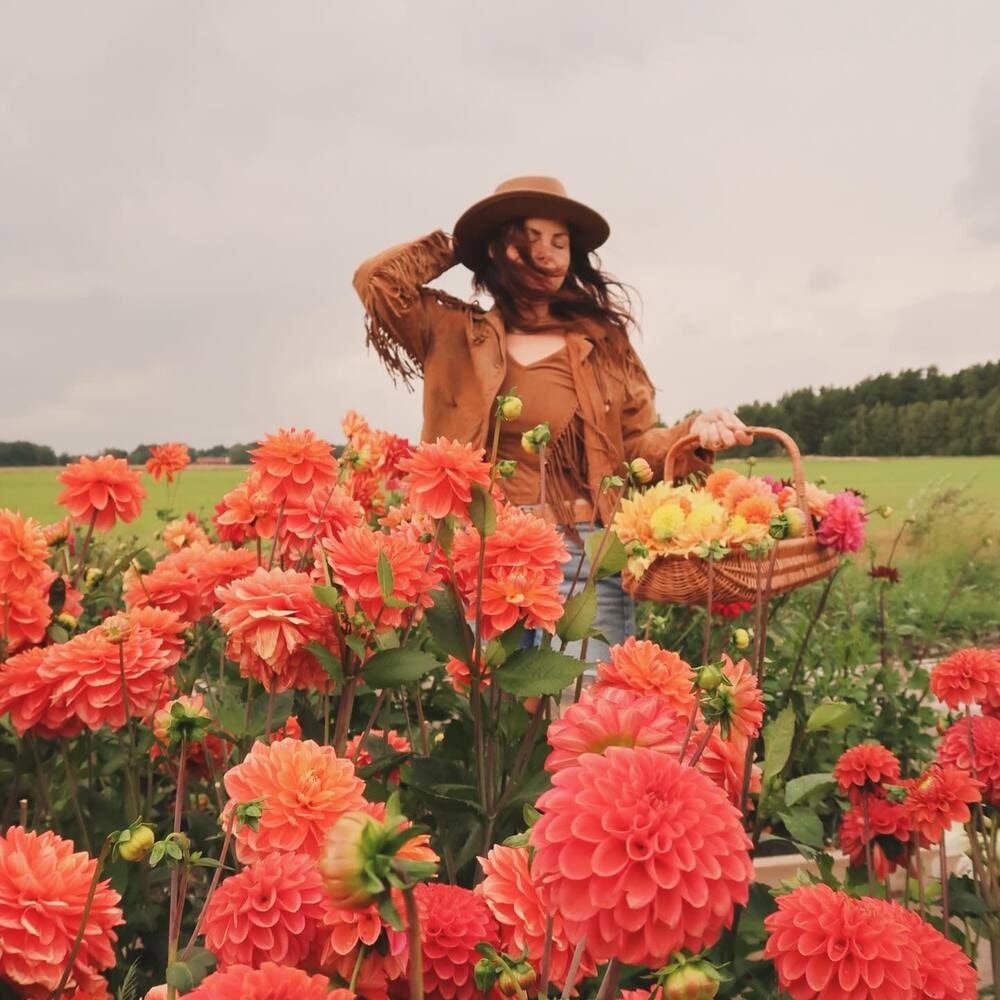
Symbolic Meanings of the Dahlia
A flower can be more than just a visual delight; it can capture layers of cultural, emotional, and spiritual significance. The Dahlia epitomizes this complexity, carrying multiple symbolic meanings in various parts of the world.
For the Aztecs, the Dahlia represented power and strength. Indigenous communities admired its capacity to grow in challenging environments. This ability to flourish in mountainous, high-altitude regions turned it into a metaphor for resilience and perseverance. In these ancient cultures, the Dahlia also signified vitality and unity, connecting the flower’s robust nature with concepts of cultural endurance.

In the coded language of flowers popularized during the Victorian era, Dahlias conveyed commitment, dignity, and lasting bonds. Couples and loved ones would include Dahlias in wedding bouquets and anniversary floral arrangements to signify loyalty and unending devotion. The layered petals of the Dahlia symbolize the many layers of these emotional ties, serving as a silent but profound statement of deeper connection.
In modern times, individuals imbue Dahlias with themes of inner strength, elegance, creativity, and personal expression. Many people see Dahlias as a testament to grace under pressure, a reflection of the plant’s robust tubers that support its delicate blooms. The flower thus serves as a vivid reminder that genuine strength may lie beneath a graceful and refined exterior.
Cultural Importance of the Dahlia in Mexico and Beyond
In Mexico, the Dahlia is integrated into many cultural events and celebrations. Local flower festivals often feature vast displays of diverse Dahlia cultivars, highlighting both the plant’s beauty and the indigenous farming techniques that first brought it to prominence. Whether used to adorn altars, decorate wedding arches, or embellish festival floats, the Dahlia’s radiant presence enhances the aura of festivity while tying modern traditions to ancestral roots.
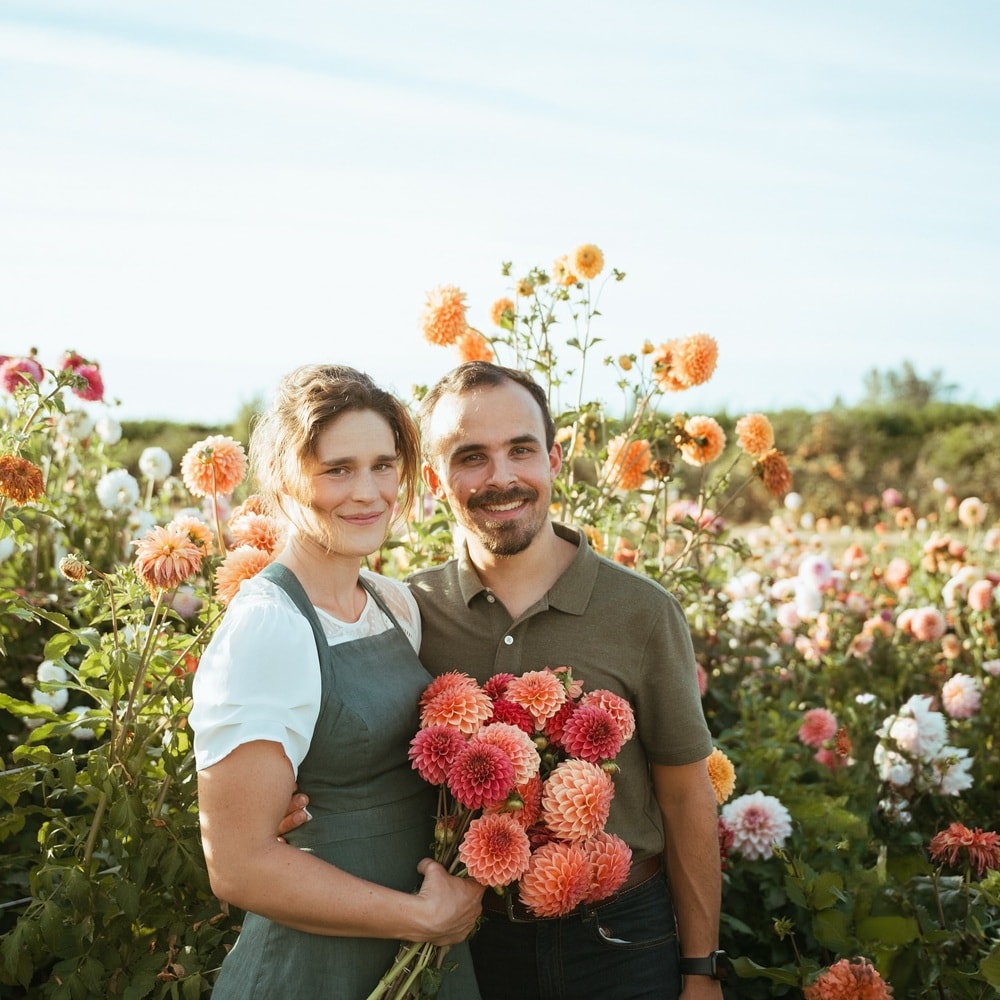
Beyond Mexico, the Dahlia enjoys global popularity. In Japan, it symbolizes kindness, elegance, and positive transformation. In Europe, the flower is associated with themes of gratitude, admiration, and devoted support. Social media has heightened the Dahlia’s status as well, with photographers and botanists sharing intricate petal patterns in exhibitions and online platforms. Its adaptability across different climates further extends its reach, making the Dahlia a beloved choice among horticulturists worldwide.
Today’s world sees the Dahlia as a phenomenon that transcends simple garden beauty. Enthusiasts and experts showcase Dahlias in competitions, highlighting new hybrids with unique petal formations. Floral designers use the flower in everything from bridal bouquets to haute-couture installations. Its versatility, symbolism, and breathtaking variety of colors ensure the Dahlia remains not just Mexico’s emblematic blossom but a universal emblem of natural artistry.
Botanical Characteristics of Dahlia: Diversity in Form and Color
Dahlias belong to the Asteraceae family, which includes sunflowers, chrysanthemums, daisies, and asters. Like many members of this family, the Dahlia is a composite flower made up of numerous miniature “florets.” The outer ray florets look like petals, and the central disc florets form the flower’s seed-producing region. This multi-floret structure gives Dahlias their signature lush appearance.
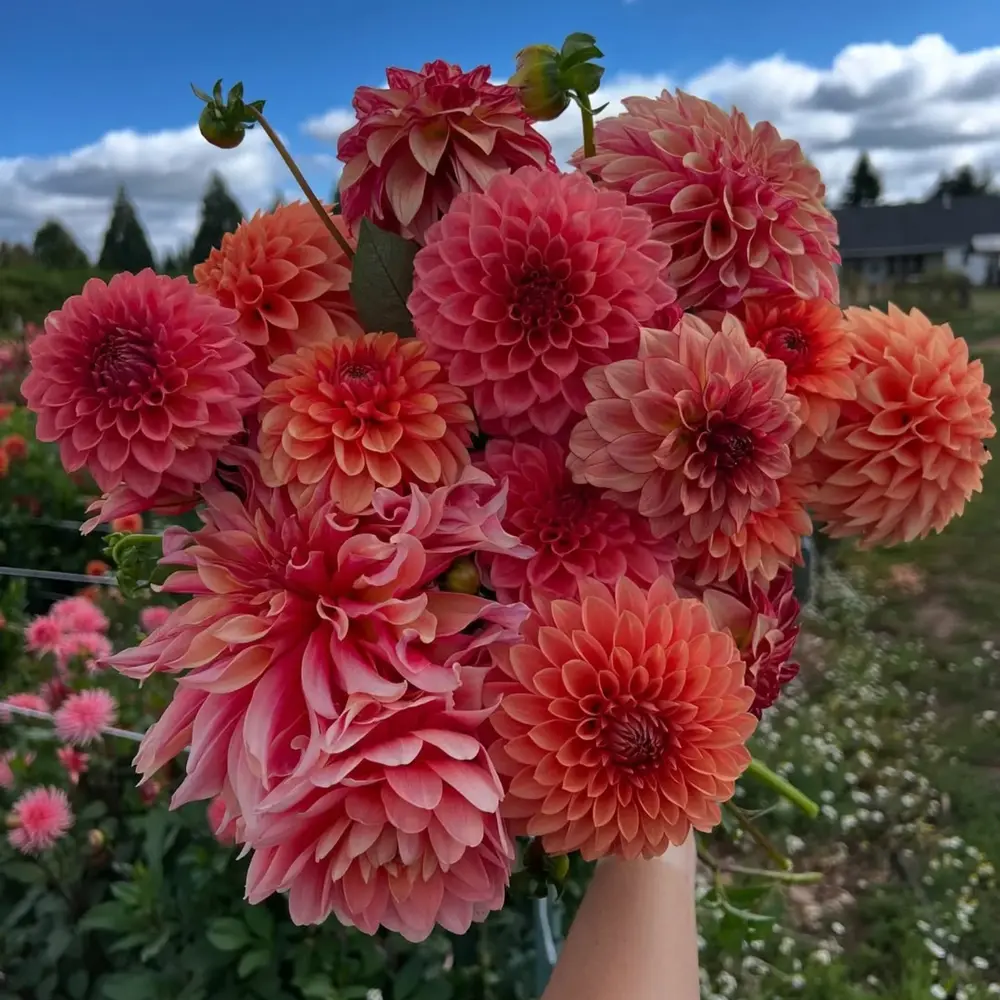
One of the Dahlia’s most striking features is its extensive range of colors. Except for a true blue or a pure black, Dahlias come in nearly every hue. Red varieties often signify power and passion. Pink varieties evoke admiration and grace, while yellow or orange Dahlias reflect joy and energy. White blooms can stand for innocence and renewal, whereas purple ones lend a sense of dignity and royalty. Deeper shades of red, like burgundy, point to deep commitment and lasting bonds. There are even bi-colored and tri-colored Dahlias, featuring dramatic gradients or edges that make them stand out in both garden beds and floral arrangements.
Dahlias also display a wide array of bloom shapes and sizes. There are small pompon and ball Dahlias with compact, tightly woven petals, and larger decorative or cactus Dahlias with spiky, starburst petals. Single Dahlias, by contrast, have a more understated aesthetic, featuring a single row of petals encircling a visible central disc. This diversity provides endless possibilities for gardeners, exhibitors, and florists, ensuring that there is a Dahlia to suit almost any design preference.
Dahlia Species and Popular Varieties
Horticultural organizations such as the American Dahlia Society classify these flowers based on size, shape, and petal arrangement. Categories can include single-flowered Dahlias, Anemone Dahlias, collarette Dahlias, peony Dahlias, decorative Dahlias, ball Dahlias, pompon Dahlias, cactus and semi-cactus Dahlias, fimbriated Dahlias, and novelty Dahlias. Each group has its own signature characteristics, from petal length to bloom shape, giving enthusiasts a systematic approach to identifying and appreciating different cultivars.
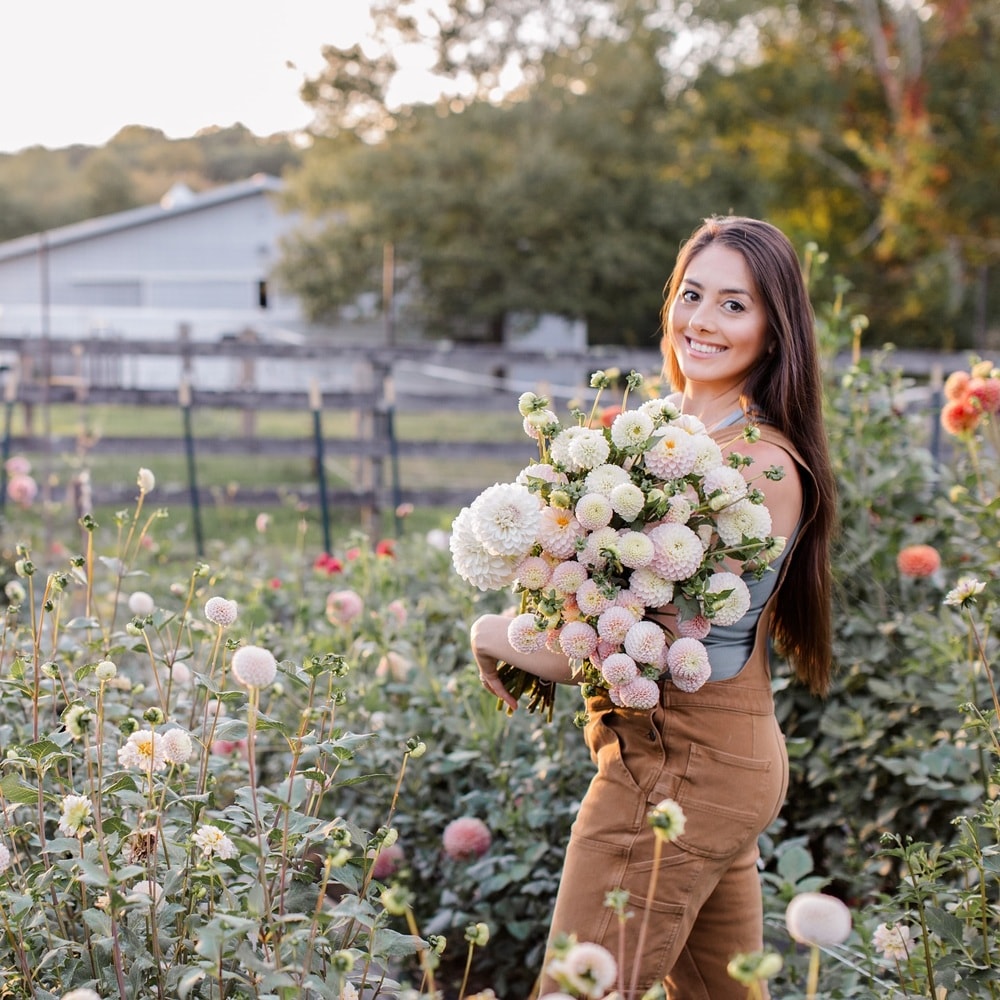
Many registered cultivars have achieved acclaim for their visual flair. For instance, ‘Bishop of Llandaff’ features vivid scarlet-red petals offset by deep, dark foliage, creating dramatic contrast in a garden. ‘Kelvin Floodlight’ stands out with large, bright yellow blooms that illuminate garden borders. ‘Café au Lait’ is revered for its dreamy cream-pink petals, often used in sophisticated wedding decor. Beyond decorative use, some Dahlia relatives like the chocolate cosmos intrigue with a dark red to brownish hue and a chocolate-like fragrance, illustrating the wide scope and appeal of this family of plants.
Growing and Caring for Dahlias
The best time to see Dahlias in full bloom is from summer to autumn - meaning it needs to be planted during the spring season. This also means that there is very limited time to enjoy the beauty of this flower. Here's how to grow and care for these flowers.
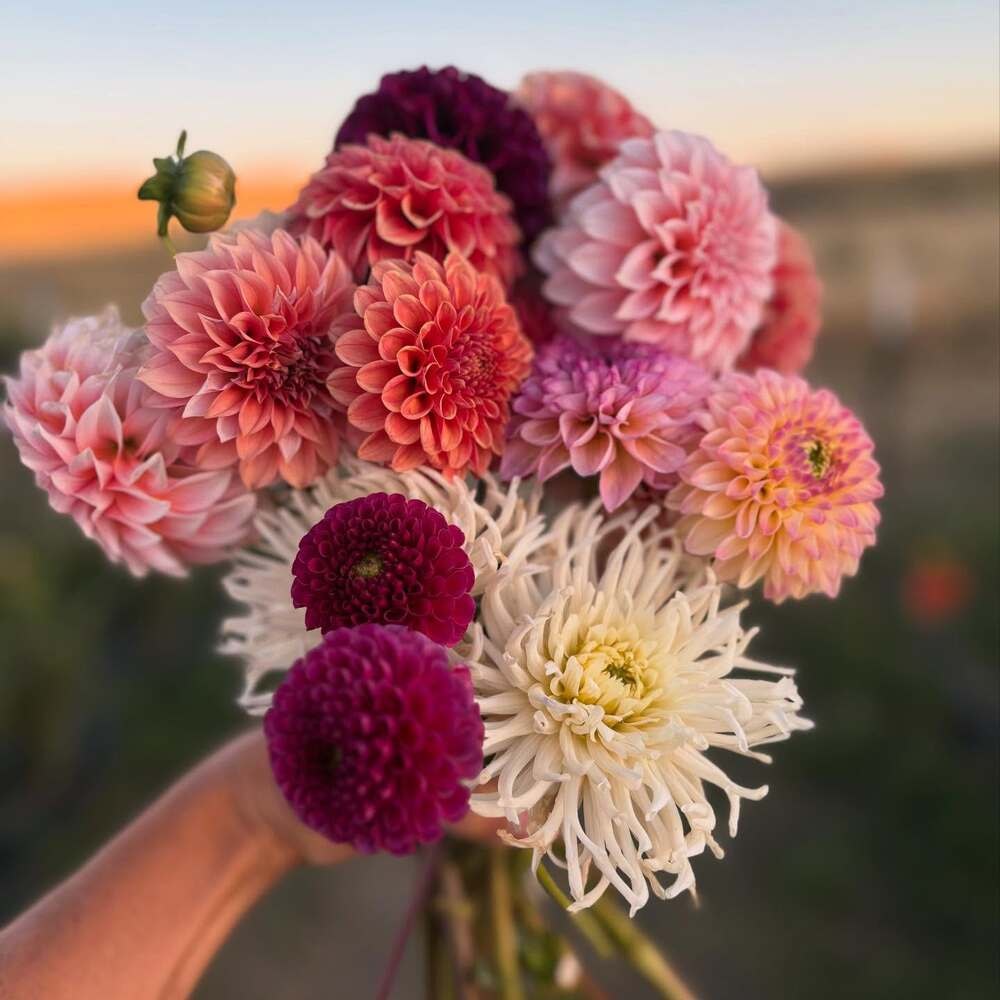
Dahlias bloom from summer into autumn, meaning they do have somewhat of a limited window for us to enjoy their beauty. If you are lucky enough to receive a bouquet of Dahlias during this window, here’s how to keep them happy and fresh for as long as possible:
Choosing the Right Location and Soil to Grow Dahlia
Dahlias thrive when they receive abundant sunlight, requiring at least six hours of direct sun daily. They also prefer well-draining, loamy soil that retains moisture without remaining waterlogged. While moderate to warm climates suit them best, they adapt to cooler nights provided they are not exposed to harsh frost.
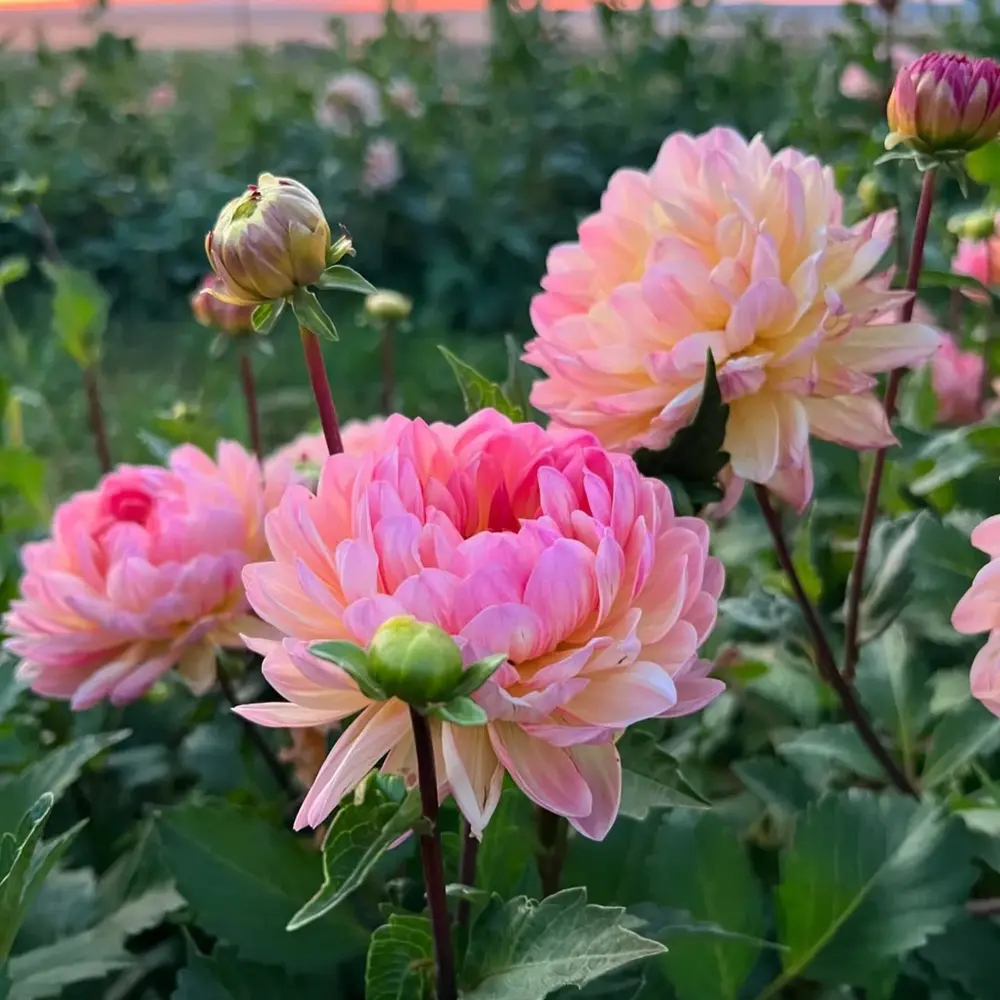
Planting the Dahlia Tubers
Planting typically takes place in spring, after the last frost date, so that emerging shoots are safe from freezing temperatures. Digging a hole about 15-20 cm (6–8 inches) deep and placing the tuber horizontally with the eye pointing upward is crucial for correct growth. Depending on the specific variety, spacing the tubers about 45-60 cm (18–24 inches) apart will allow their foliage and blooms to expand. Light watering after planting helps the soil settle, though overwatering should be avoided until sprouts are visible.
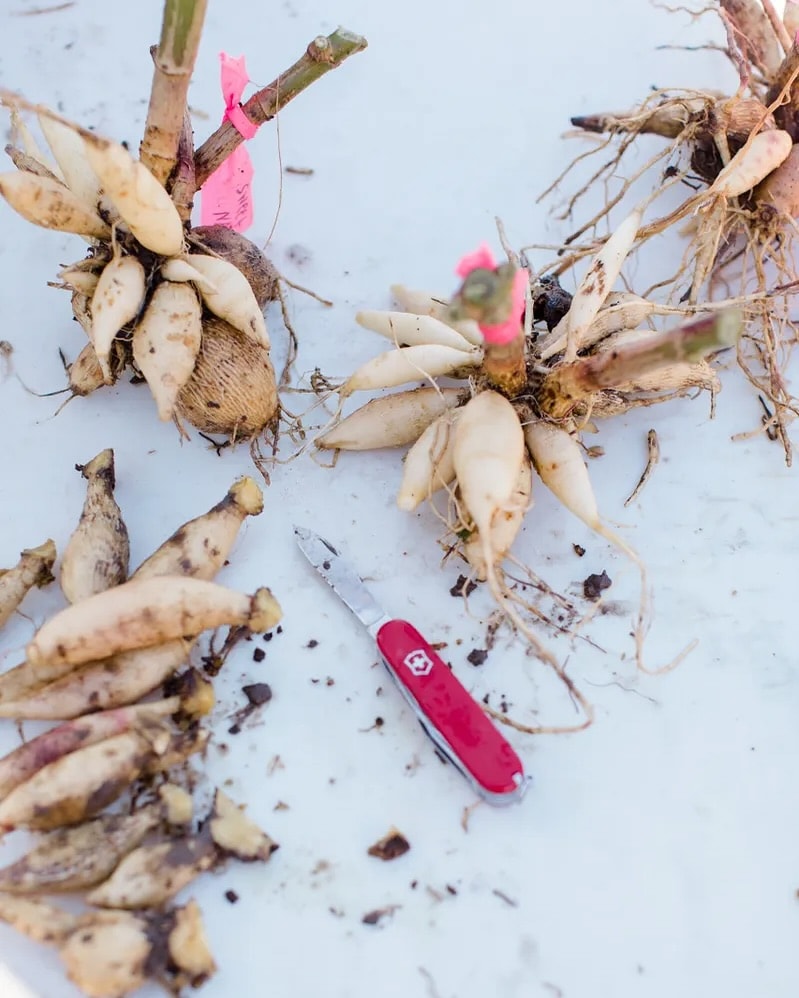
Watering and Maintenance Tips for Dahlia
Once established, Dahlias generally require watering one or two times a week. They benefit from consistent moisture but can suffer in poorly drained soil. Fertilizers low in nitrogen are recommended to promote healthy blooming over-leaf production. Removing spent blossoms, known as deadheading, encourages a new flush of flowers throughout the season. Taller varieties usually need support, such as stakes or tomato cages, to prevent bending and breakage. Pests like aphids or slugs can pose a problem, so gardeners often rely on natural repellents or companion plants to keep infestations at bay.
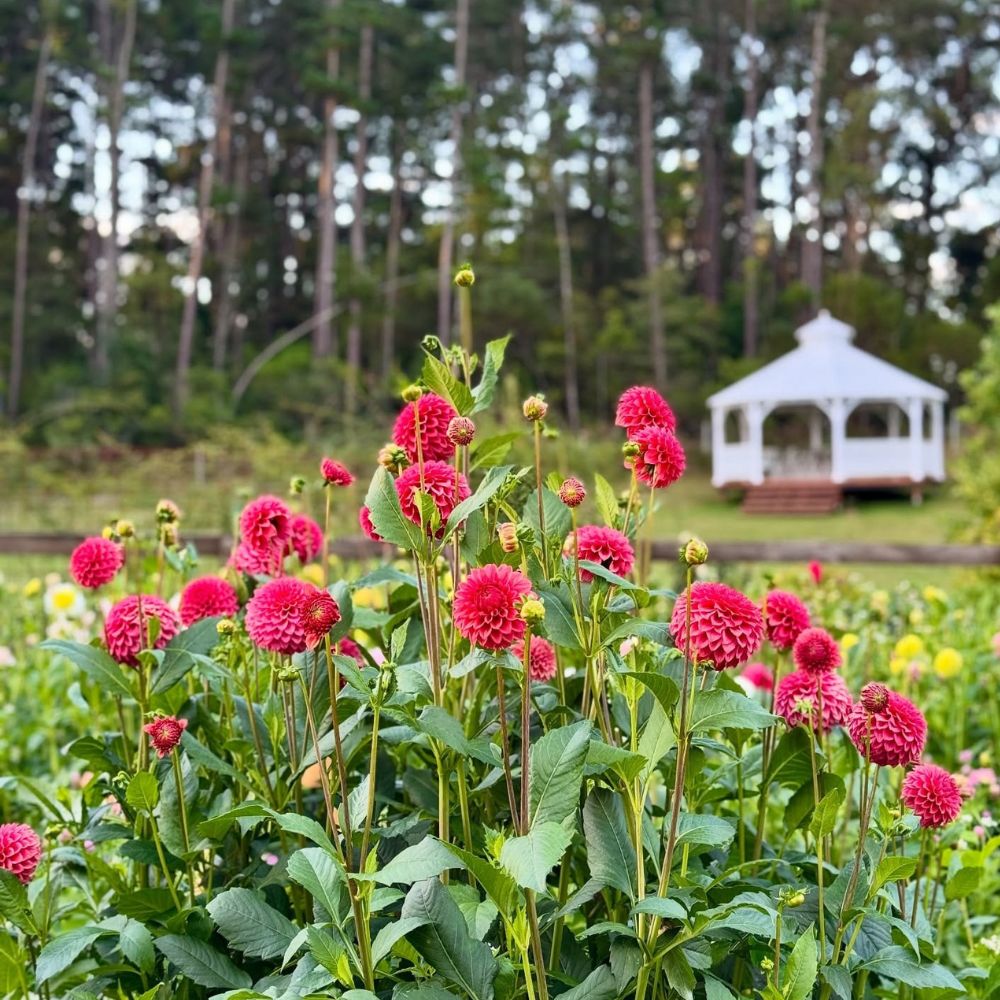
Harvesting Dahlias as Cut Flowers
Dahlias make captivating cut flowers, but proper handling is necessary to maintain their freshness. Cutting the stems at an angle using clean, sharp tools helps the flowers absorb water. Placing the stems in warm water immediately and removing any submerged leaves can extend their vase life. Frequent water changes, along with trimming the stems every couple of days, can keep Dahlia arrangements beautiful for up to a week or slightly more.
Practical Uses: Culinary, Medicinal, and Ornamental
Although not widespread in modern diets, some Dahlia tubers were historically eaten, particularly by indigenous communities. They contain inulin, a type of fructose that may be beneficial for those monitoring sugar intake. While these tubers never achieved the status of mainstream vegetables, their inclusion in certain cultural cuisines illustrates an interesting aspect of the Dahlia’s versatility.

From a folk medicine perspective, various cultures explored Dahlia extracts for healing and therapeutic uses. This practice stems from the Aztec era, indicating that the Dahlia’s significance went beyond its ornamental and culinary roles. While contemporary scientific data remains limited, the plant’s folkloric use persists as a testament to the myriad ways indigenous communities have engaged with local flora.
Modern-day appreciation for the Dahlia largely centers on its ornamental value. In floral arrangements and bouquets, Dahlias bring bold colors and rich textures. They are a favorite in home gardens, lighting up outdoor spaces from mid-summer to early autumn. Public landscapes, parks, and botanic gardens also rely on Dahlia displays to captivate visitors. Regardless of the setting, the Dahlia radiates a sense of sophistication and makes a statement of refined beauty.
Dahlias in Art, Literature, and Personal Expression
Artists and writers have long been enthralled by the Dahlia’s layered petals. Poets employ the flower to represent inner transformation, resilience, and the interplay of appearance versus hidden strength. Painters, similarly drawn to the Dahlia’s dramatic shapes and vibrant hues, capture its layered structure to symbolize the complexity of human emotions. Through these artistic lenses, the Dahlia remains a timeless muse, reminding viewers and readers alike of nature’s ability to mirror our own depths.

In recent years, Dahlia tattoos have soared in popularity. Many people select the Dahlia to signify strength and resilience in overcoming personal hardships. Others appreciate the flower’s embodiment of elegance, dignity, and positive change. Since Dahlias come in a broad palette of colors, they also stand as a testament to uniqueness and self-expression. Whether inked to commemorate a significant life milestone or simply to celebrate aesthetic beauty, these tattoos underscore the many layers of meaning that the Dahlia can convey.
Tips for Showcasing and Enjoying Dahlias
Dahlias can shine in countless contexts. In wedding décor, white, cream, or blush varieties add romance and the promise of new beginnings, especially when paired with complementary flowers such as roses or lilies. Seasonal displays often include orange and red blooms during late summer or fall, creating a warm ambiance for both indoor and outdoor settings. For a lively home garden, grouping similarly hued Dahlias in color blocks generates a striking visual effect, while mixing contrasting varieties offers a kaleidoscope of shades that attract bees, butterflies, and curious onlookers.
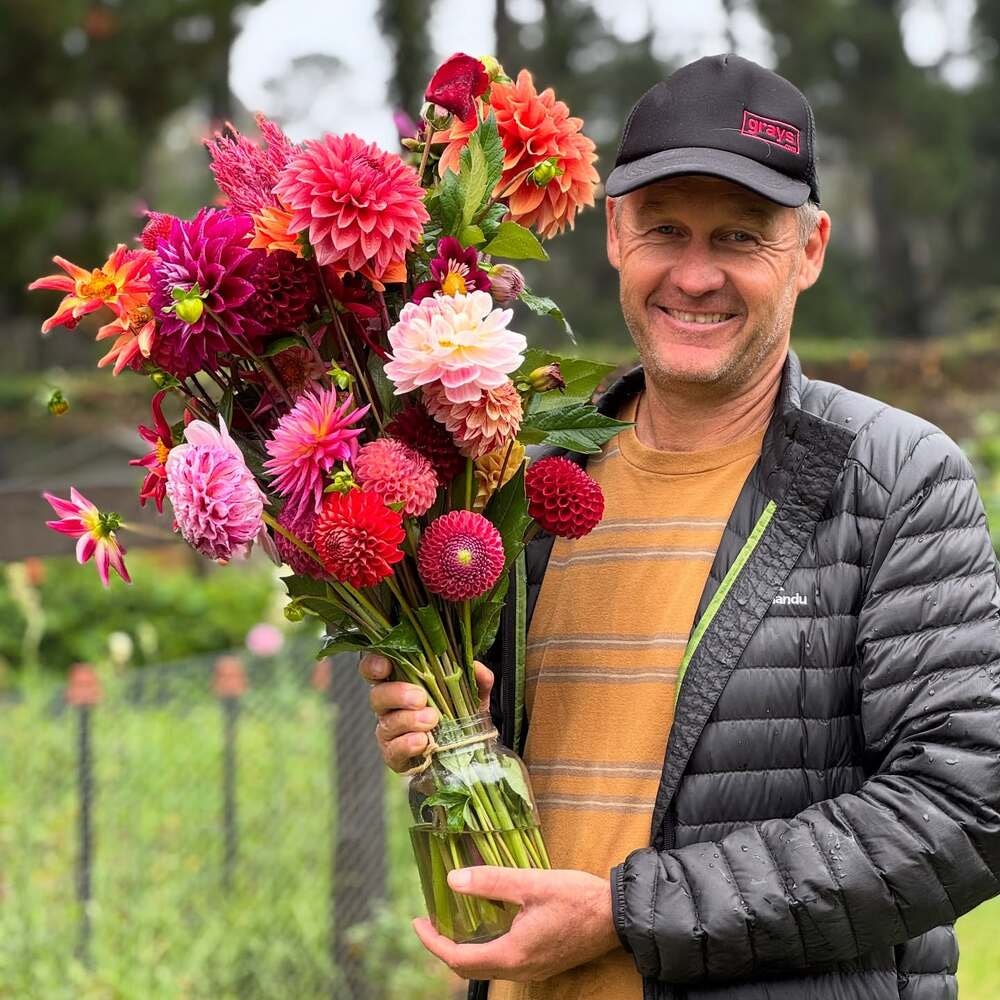
The Dahlia’s Timeless Legacy
The Dahlia, Mexico’s national flower, weaves together cultural history, botanical wonder, and symbolic richness. From its Aztec origins—where it served nutritional, medicinal, and ceremonial purposes—to its widespread recognition in both European and Asian horticulture, the Dahlia’s journey reflects a nuanced tapestry of human ingenuity and nature’s splendor.
Modern observers often associate Dahlias with resilience, elegance, and personal growth. Their visually striking forms, extended blooming period, and a kaleidoscope of colors enthrall everyone from casual admirers to dedicated horticulturists. Whether featuring in lavish weddings or modest backyard gardens, the Dahlia stands as a powerful reminder that beauty can blossom in unexpected places, and that strength can lie beneath a graceful exterior.
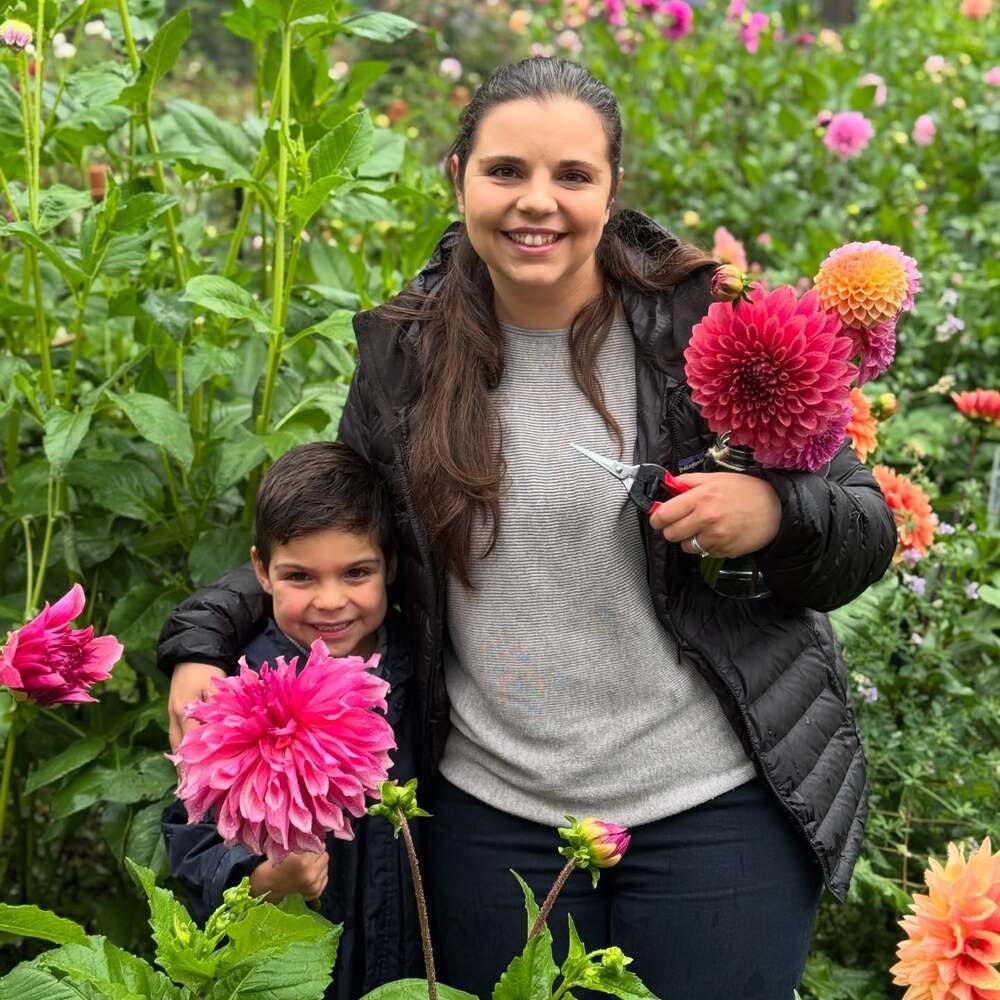
By growing, gifting, or simply appreciating these flowers, we connect with a heritage that transcends time and geography. This is the enduring legacy of the Dahlia—a symbol of tenacity and timeless beauty that not only represents Mexico’s national pride but also resonates globally as a testament to nature’s remarkable artistry.

